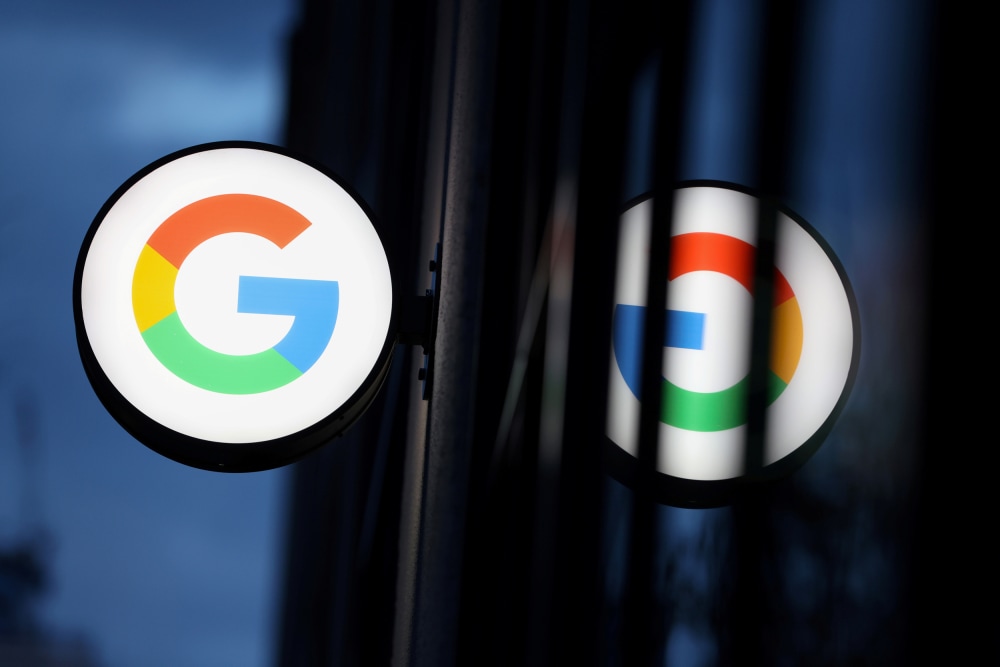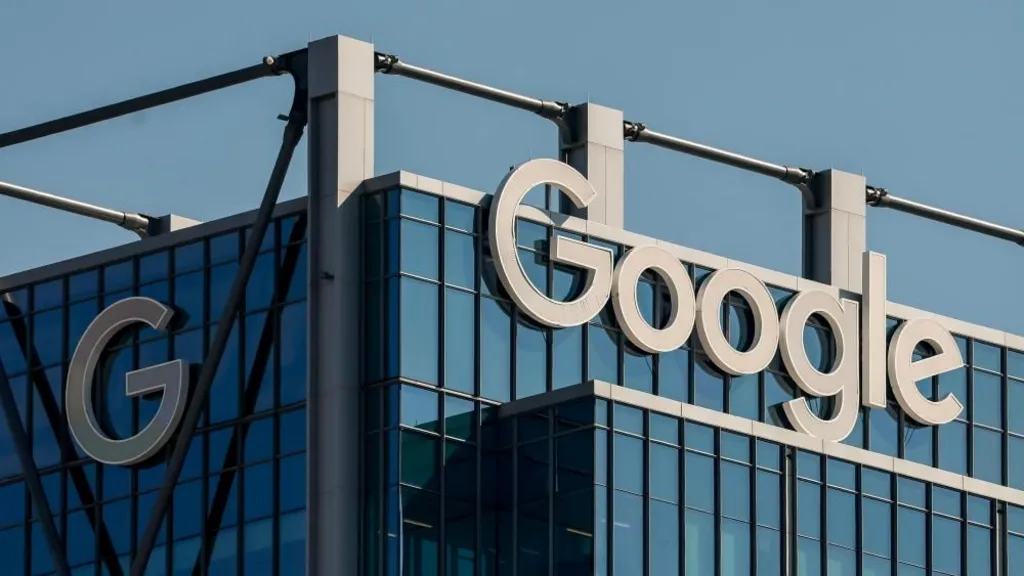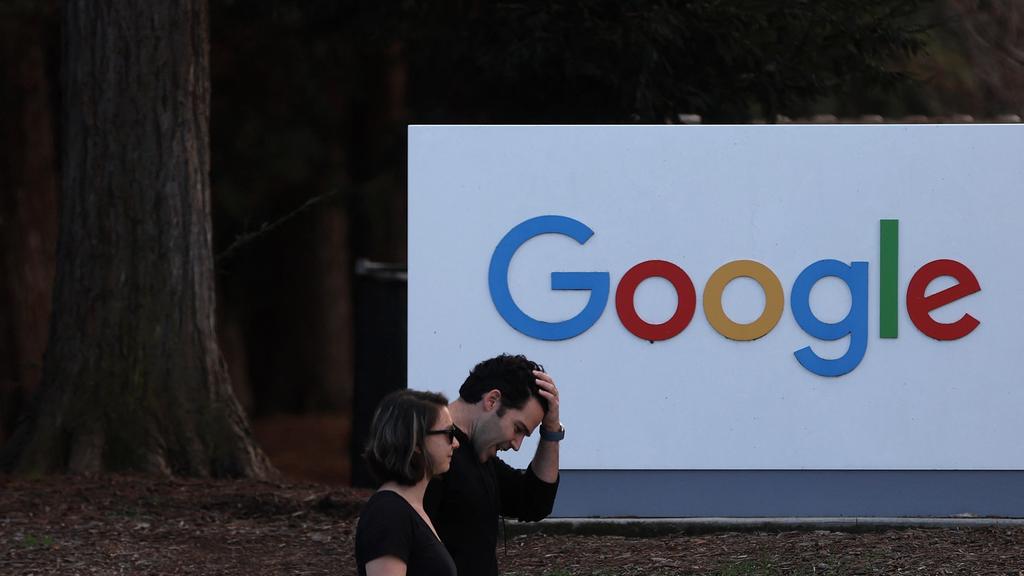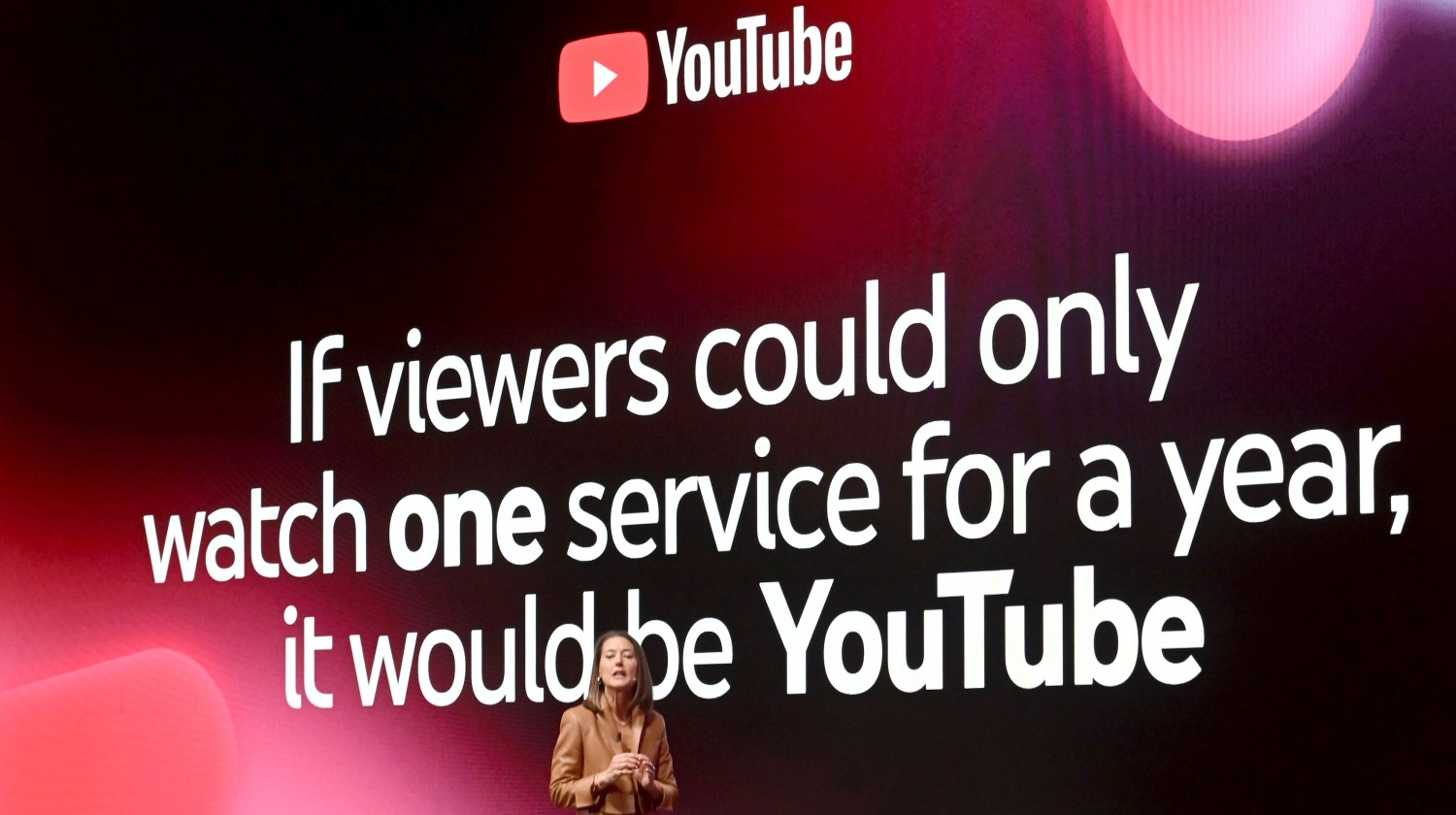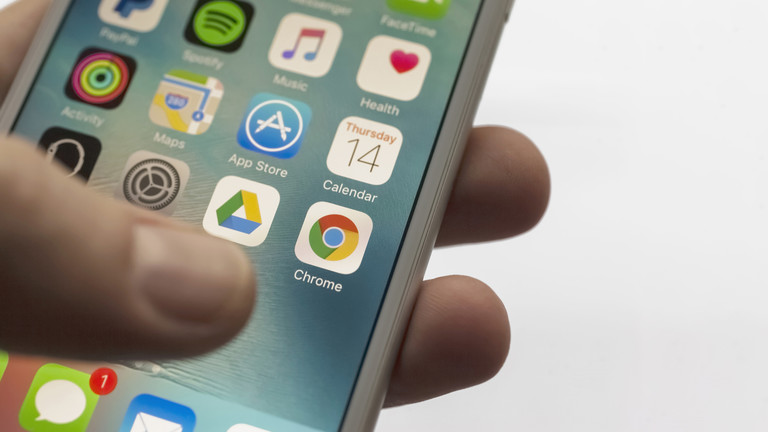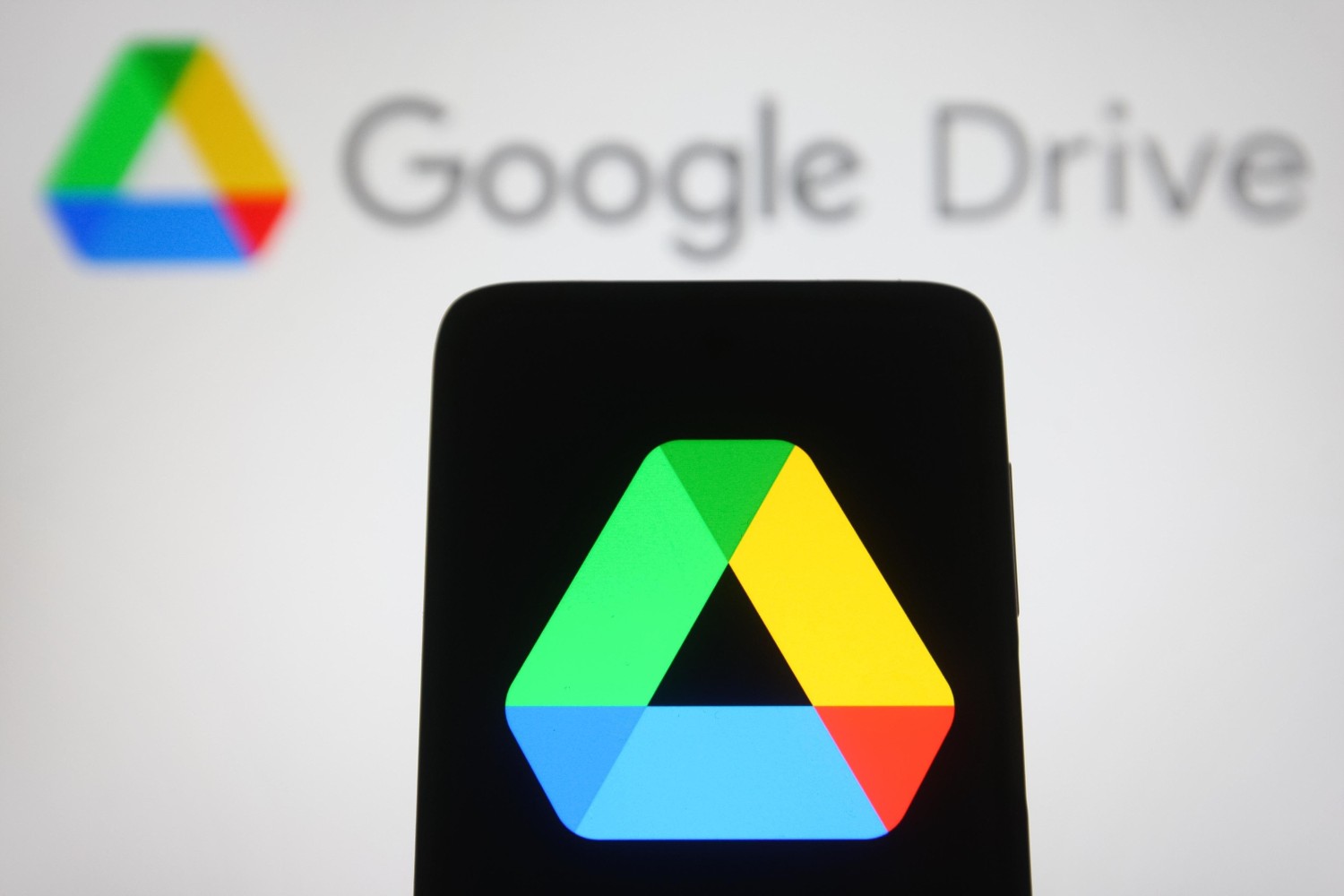
This article is more than
8 year oldGoogle Pixel 2 review
The Pixel 2 is the centerpiece of that idea. The sequel to last year’s hit phone isn’t a radical upgrade. If it were an Apple product, the company would put a somewhat resigned “S” after the model number as an affirmation that this is one of those in-between years. It’s an evolution of a good phone that helps the device keep pace with the market, but lacks the sort of wow factor that drives early adopters to trade in last year’s model.
But while Google managed to wow many reviewers with its self-branded entry into the market, the Pixel line was arguably never really just about hardware to begin with. It’s about developing hardware and software together.
It’s a synergy few outside of Apple have been able to accomplish, but as Microsoft has done with its surprisingly successful Surface line, the phones are showcases for the power of pure, uncut Android. It’s a line developed with the Android experience at its core — a marked change from many of the company’s hardware partners, where OS is more of an afterthought.
There’s little doubt that the company is doing some of the industry’s most compelling work in terms of consumer-facing AI and machine learning. Years of research and development on those fronts are beginning to bear fruit and have converged here in some very interesting ways. Taking a step back to examine Google’s long-term goals with software offerings like Assistant and Lens, it’s easy to envision a future where hardware becomes relatively incidental.
But that’s going to be a hard-fought, uphill battle, after a decade of tech companies bombarding us with tech specs, Clockwork Orange-style. And as the company happily admitted to us following the event, it still has some work to do on the hardware side, including the eventual addition of an edge-to-edge display.
Google is definitely doing some interesting work with existing hardware. You need look no further than the camera for evidence. Imaging was one of the highlights of last year’s model, and the company has stretched essentially the same camera even further, including the ability to shoot in portrait mode without the need for a second camera.
The Pixel 2 and Pixel 2 XL are good phones, mostly because they’re building on top of solid foundations and because of what they portend for the future of mobile handsets. But convincing consumers to rethink their mobile priorities is a larger, nuanced argument. It’s a lot to ask from a single handset.

Google made a less than subtle dig at Apple during the Pixel event, telling the crowd, “We don’t set aside better features for the larger device.” That’s not entirely true. The XL has a few standout features — most notably the lovely 6-inch pOLED display(versus the Pixel 2’s five-inch AMOLED) , which brings higher resolution, better color reproduction and more consistency. Otherwise, however, the insides are basically the same. Google sent us each phone for perusal, but for the sake of simplicity, we’re going to be focusing this review on the larger of the two devices.
The first Pixel marked a dramatic change for Google’s hardware approach. The company would no longer let its partners call the shots. Instead, it would lead development in-house, in an attempt to get as close to pure hardware/software synergy as possible — a feat few companies outside of Apple are able to accomplish. The result was a hardware product distinct enough to make Google an instant contender alongside the likes of Samsung and Apple.

The new devices don’t mark a major depart design-wise, but do bring some welcome changes. That two-tone back is still in place, but this time the company has opted for a much sturdier aluminum unibody design that gives the phone some added heft, without making it overly bulky. As with the previous models, the Pixel XL isn’t flashy compared to premium devices like the Galaxy Note 8 and iPhone X, but it’s a sturdy device that feels comfortable in hand.
Google’s chiseled away at the bezels up front, as well, helped along by the subtle curvature of the front glass on the left and right side. Unlike Samsung and Apple, the company wasn’t ready to pull the trigger on an edge-to-edge display, however. Pricing was likely a big driver in the decision — after all, the display is a major driver in the iPhone X’s astronomical price tag — $849 isn’t exactly a steal, but it’s certainly not out of the standard six-inch premium smartphone range.
Of course, Google certainly sees things heading that way. As the company’s VP of product management, Brian Rakowski, told me the day of launch, “It’s a new technology, but we’re really excited about the possibility of being able to wrap the screen around the side.” That certainly points at a company waiting for the price on the technology to come down.

It was also mentioned in reference to the fact that Google went ahead and dropped the headphone jack from the bottom of the phone, after mocking the Apple for dropping it last year. Back then, the company jokingly listed the “3.5 mm headphone jack satisfying not new” as one of the first Pixel’s big features on the product page. It’s gone now, and in its place a $20 adapter included somewhat ironically for the cause of making the whole thing more elegant.
There is, however, a marked upside to the decision. Dropping the jack clearly played a part in Google’s decision to invest more on the headphone front. There are those compelling Pixel Buds that offer real-time language translation that I personally can’t wait to take for a spin. The push toward Bluetooth was also no doubt a driving force behind the addition of “Fast Pair,” ostensibly the company’s take on Apple’s W2 offering, which takes a lot of the pain point out of Bluetooth syncing.
The feature isn’t quite as well-integrated as Apple’s AirPod connectivity yet, but it has some marked advantages. For one thing, it will work with select third parties; our review unit shipped with a pair of on-ear Libratone headphones, as the Pixel Buds aren’t ready for prime time as yet. For another, the company plans to offer it on all Android phones running Nougat or higher. That means a heck of a lot more opportunities to take advantage of the feature than Apple’s walled ecosystem.
As with the first Pixel, there’s no Home button on the front of the device. The top and bottom bezels have shrunk down a fair bit and are now home to a pair of front-facing speakers. It is, perhaps, some last vestige of companies willing to include those sorts of features up front, as the industry marches toward the inevitability of all-screen fronts. So enjoy it while it lasts. On-board audio has been mostly an afterthought for phone makers, and things will likely continue to stay that way as aesthetic decisions take precedence.

The speaker grilles are well-positioned for watching YouTube videos and the like — and they get pretty loud, as advertised. That said, I’ve yet to encounter a pair of phone speakers I would recommend for anything beyond watching a quick video, and the Pixel XL’s don’t really do much to buck that trend.
The screen, on the other hand is lovely. That much is clear from he moment you fire up the phone and see the live wallpaper in action. As goofy a feature as it is, the default bird’s eye view of waves crashing on a beach do a great job demonstrating the color and detail of the pOLED screen (that’s LG’s OLED tech of choice). It’s the same one — or at least really similar — you’ll find on the LG V30.
That’s a good thing. LG’s offering is a top contender for the best screen on a smartphone right now, alongside Samsung’s new flagship and the iPhone X (which uses Samsung’s panels, incidentally).
Users may also notice a distinct change in the color gamut. Things appear darker at first — the reds are almost a muddy brown. This change was by design. Android Oreo brings the operating system color profile support, and Google’s taking full advantage of it, by offering a what it’s determined is a truer to life display. It’s a bit of a jolt at first, which the saturation bumped down a fair bit, but you get used to it after using the phone for a day or two.
The new color profile offering is open to hardware and software developers, so you may start seeing it become more widespread on OLED displays. Though says it’s also open to the possibility that the transition might be too much for some users, so it could loosen up on the decision or offer people more control over their own color gamut depending on feedback.

No surprise, Google found another key hardware partner in the form of HTC. The Pixel 2 was well underway before the two companies sealed the deal, with Google buying up the phone maker’s assets, but HTC’s role in the success of the phone’s predecessor made the company a no-brainer for the sequel.
Nowhere are HTC’s fingerprints clearer than Active Edge. Named Edge Sense when it launched with the U11 earlier this year, Google has adopted the side squeezing gimmick for its own flagship. In a conversation at the Pixel 2 launch event, the company told me it developed its own version of the offering from the ground up. It’s hard to say how much of that is true, and how much is simply the company’s reluctance to shout-out hardware partners — but either way, the tech works the same in principle.
It’s still a silly gimmick, adding sensors to the device’s frame in lieu of an additional, single service button (which Samsung took a lot of flack for with Bixby), but it does make more sense on a device where Assistant is central to the product’s functionality. It’s certainly understandable if you’ve opted to disable the “Okay Google” wake word feature for battery reasons, or over rising privacy concerns around always-listening devices (the Google Mini story is only the last to raise red flags).
A quick squeeze fires up Assistant from anywhere — that includes the lock screen, though you’ll have to actually unlock the phone to get your answer. The feature is quite responsive and customizable in settings. It worked just fine through the case the company shipped the Pixel 2 with, and offers a satisfying tactile buzz to let you know it’s picking up what you’re putting down.
The feature also is interesting from the standpoint of a company looking to move its assistant beyond just a voice interface. Amazon has stayed pretty firm in its commitment to Alexa as almost exclusively voice input, but both Google and Amazon have looked to broaden their offerings, using their proprietary systems to unite all manner of different features across the devices.
A squeeze of the side and a tap of the keyboard icon inside the Assistant window offers a way to interface with it without using your voice at all. That could ultimately prove helpful in, say, a loud environment, or if you don’t want to be “that guy” (or lady) on a crowded public bus asking, “Okay Google, what’s that smell?”
The Pixel 2 doesn’t really raise the squeeze beyond novelty, but Google never really positioned it as much more — where HTC sold it as downright revolutionary. As an added feature, it’s got some potentially interesting use cases, though, in most cases your voice will probably get the job down even better.

A big part of keeping the two devices on level footing from a hardware standpoint is the decision to only include a single camera. From a pure feature standpoint, that means the Pixel line is getting left in the dust by practically every flagship, as Apple and Samsung push their own solutions and Qualcomm makes multiple camera implementation that much easier for the rest of the industry. The inclusion of multiple cameras has several benefits — a lot of it is dependent on specific implementation, but it can include things like better picture quality, optical zoom and improved depth sensing.
But while the camera hardware isn’t much changed from last year’s model, Google has once again managed to do a lot of heavy lifting on the software side of things. In conversations with TechCrunch, the company has noted that the future may well be leading to more and more cameras (“maybe 40,” one executive joked during our meeting), but in the meeting, the company is determined to make the most of a single lens.

Depth sensing is going to continue to become more and more important with the proliferation of products like ARCore and ARKit, but Google’s managed to get good results here without leaning on the parallax effect from two cameras. Instead, it’s able to use pixel distance on a single lens. The most immediate result is the implementation of Google’s own version of portrait mode — that faked bokeh effect that blurs the background to make a subject pop.
The result is actually pretty impressive. Granted, I had a bit of an issue getting it to work perfectly in some low-light situations, but on a whole, the camera’s portrait mode is up there with many other flagships that use a pair of cameras to achieve the effect. It’s not able to perfectly capture, say, a messy hairline, but that’s fairly common on these devices. Like Samsung’s latest offering, Google Photos will save a raw and bokehed version of the photo, though it doesn’t offer a slider that lets you adjust the blur to your liking.

Google also happily touted the Pixel 2’s DxOMark score of 98 at the event. It’s an impressive score. The site’s not exactly a household name for phone buyers, but it’s an important benchmark. While it’s important to note it’s not a 98 out of a possible 100, it’s an extremely impressive score — in fact, it’s the highest the site has given, and doubly so given the fact that the Pixel was able to hit it (surpassing last year’s also impressive 90) with a single camera.
As advertised, the camera also performs admirably in low- and mixed-light settings, grabbing tough shots with minimal noise. The auto setting will work well for most users in most settings, but Google’s included some additional controls, like white balance and exposure compensation. It’s not quite the same level of control featured in other smartphone camera apps, but should be plenty for most people.

And then, of course, there’s Motion Photos. Google no doubt found a bit of inspiration in Apple’s similarly named offering. The principle is essentially the same — by default, the camera captures what’s essentially a proprietary version of an animated gif. The animation is fairly smooth, even with a shaky hand, courtesy of the Pixel’s new video stabilization technology, as evidenced by the Motion Photo converted into a video, converted into a gif of my rabbit Lucy seen above. That can then be set as a wallpaper, exported as a two-second video or shared via Google Photos — though I was only able to view it in motion on Chrome.

Lens, meanwhile, is probably the most meaningful software addition to the Pixel 2’s camera offering. It’s still in Beta, and won’t be coming to consumer units for a few weeks now, but it’s an impressive and compelling feature nonetheless, leveraging Google’s extensive search matrix to offer context to the shots you take.
Like Samsung’s Bixby offering, it’s able to work with landmarks and buildings — an impressive feat, given the infinite number of ways it’s possible to shoot one of those objects. At the moment, monument recognition is a bit of a mixed bag. You’re going to want to make sure you’re close enough to get an unobstructed view, while making sure you’re far enough away to get the full thing in frame — it’s a tough task, as seen with the above attempted shot of the World Trade Center.
Read More (...)
